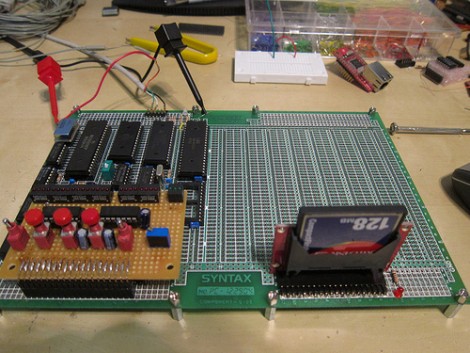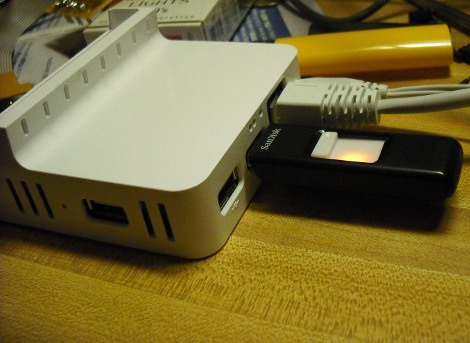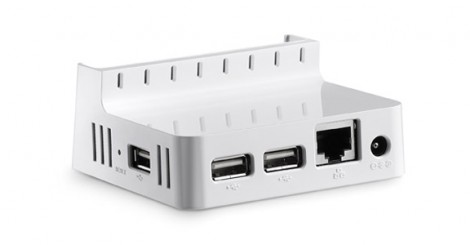
[Matthew Arnoff] built an 8-bit computer around the Motorola 6809 processor. He chose this processor because it seems there are a lot of Z80 builds out there and he wanted to try something different.
This actually packs quite a punch. He’s clocking the machine at 2 MHz with 512 KB of SRAM memory. Compact Flash that is FAT formatted provides mass storage. He’s using a serial connection for a user interface. After the break you can see his oscilloscope is used as the monitor. This was easy to accomplish by connecting the serial out to Terminalscope, one of his previous projects. Continue reading “6809 Computing”















